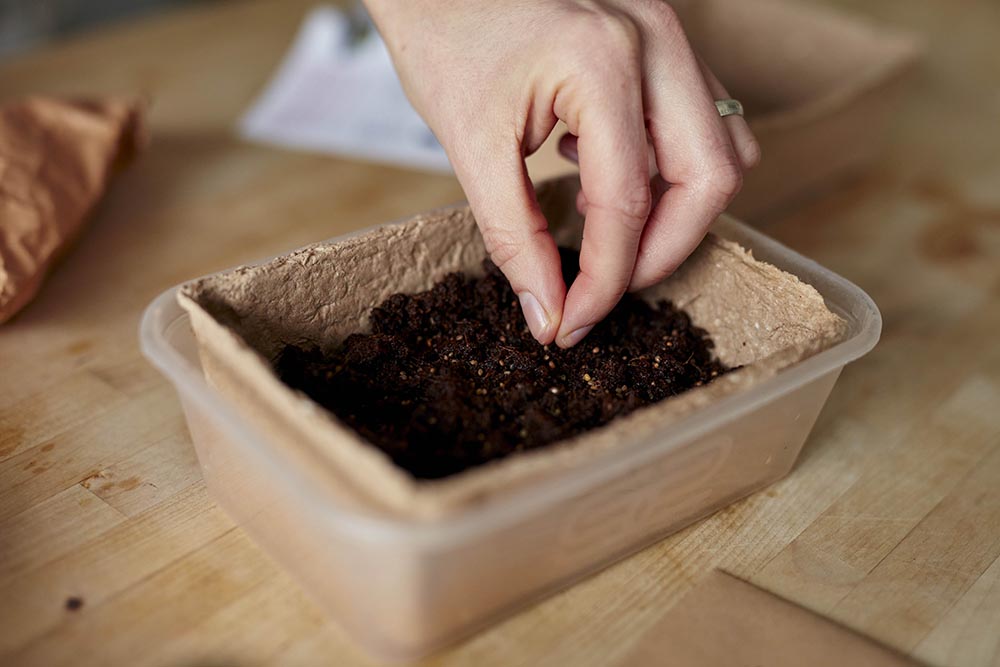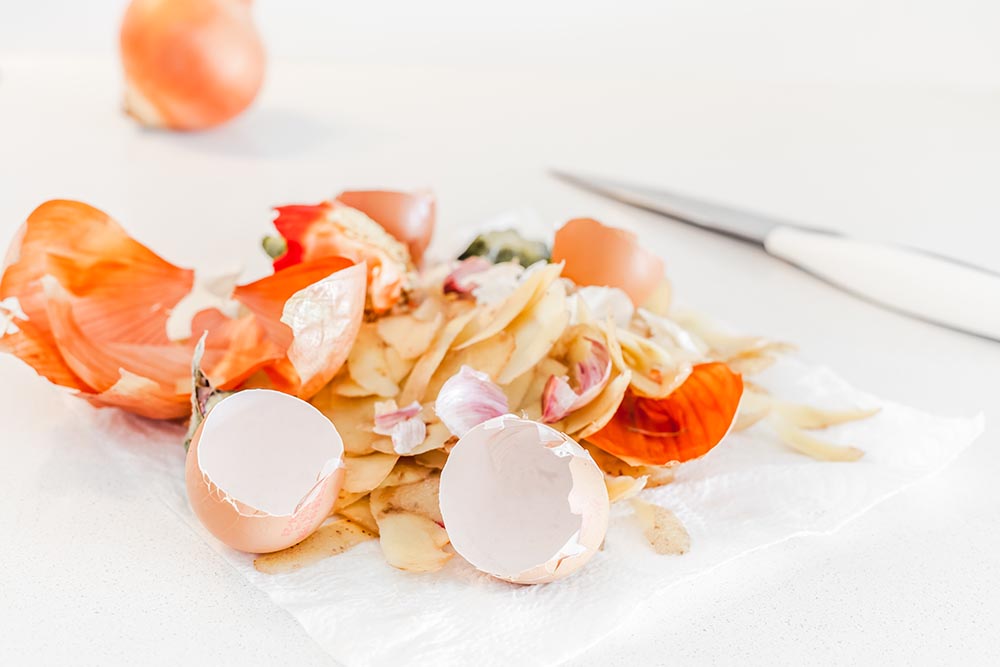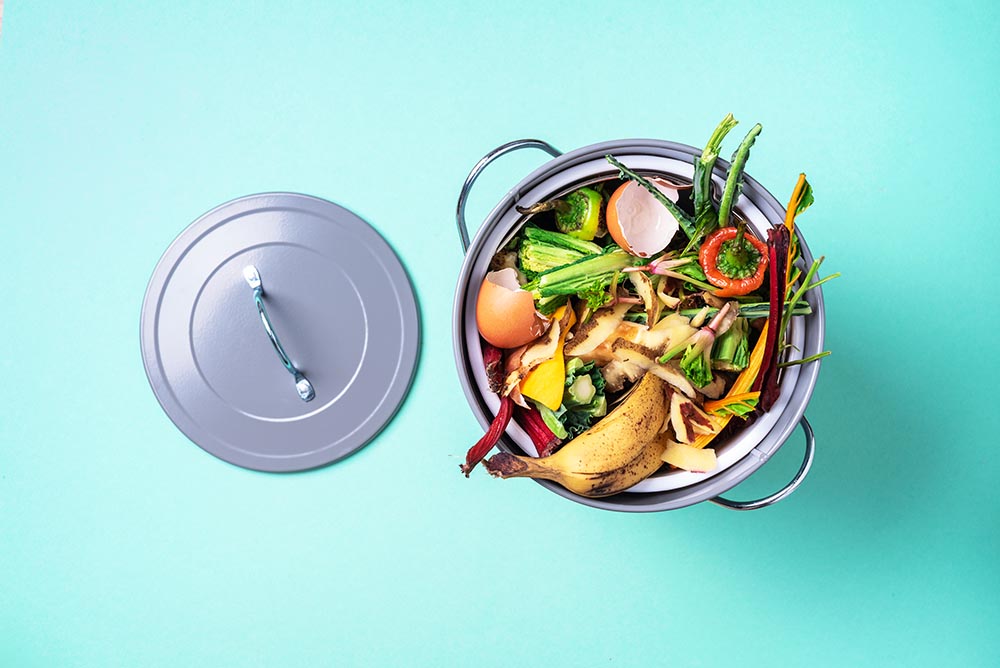If you are exploring the world of composting, then you’ve likely come across the electric food composter. But before you rush in and buy anything, first you need to discern as to whether or not they are any good? And besides—how does an electric composter even work?
In this article, we’ll take you through the process, including how an electric composter functions, followed by some pros and cons. By the end of it, you should have a pretty clear idea as to whether or not the electric food composter is a worthwhile investment for your household.

How does an electric food composter work?
Traditional outdoor composting systems aren’t always the most efficient—or rather, getting them to function efficiently can be a difficult process. You have a lot of moving parts to think about, from the initial formation of your compost, how to keep the ingredients well-balanced, turning and cultivated the right climate conditions, and so much more!
So, if you’d rather skip all of that nonsense—or indeed, because you do not have an outdoor space that can accommodate a traditional composter, then an electric composter is the way to go! So, how do they work? Let’s start with the components:
- The holding area: This is where you deposit the waste materials before they enter the composting chamber below.
- Motorized mixing ‘turner’: This is for turning the mixture (an essential part of the process).
- Heater: This keeps your compost mixture at the most optimal temperature, thus accelerating the process.
- Air pump: Bringing oxygen into feed the microorganisms thriving in your soil mix.
- The Carbon filter: This helps to reduce the amount of odour produced by the waste.
- Cure tray: This collects the fertilizer which is produced via the composting process.
- Drip tray: Collecting any excess liquid produced during the composting process.
How do electric composters work?
The process is fairly simple when operating an electric composter:
- First you need to deposit your food waste into the machine
- Depending on your unit type, you may need to add soil and/or sawdust
- Following that, the waste is dropped into the main internal chamber which takes care of heating, mixing, and the aeration process
- The fertilizer that results from the process is then dropped into a curing tray that can conveniently slide out
- This cycle tends to take about 10 to 14 days to complete—much faster than an outdoor composting method

How good is an electric food composter (what are the pros and cons)?
So, now that you understand the basics of an electric food composter, how good are they? Is it worth your investment? Let’s have a look…
Pros:
- Most automatic composters can create process up to 120 pounds of waste each month
- Some electric composters are large and clunky, though there are sleeker and discreet models available
- They only tend to take up about as much room as a typical garbage can
- You can even install such models in cabinets that slide in and out to blend in with your kitchen design
- While they are intended for indoor use, you can keep your electric composter on the balcony or outdoors if you wish
- Most modern electric composters do make minimal noise once the materials have been heated, the process is underway, and the optimal temperature has been reached
Cons:
- Electric composters do create a strong odour which can be a nuisance (if combating and controlling the smell is becoming an issue, it could be that your system needs to be turning and aerating the compost mix more)
- Your electricity bills will be higher due to the energy usage
- Some electric composters can be quite noisy during operation
- You must be mindful of general maintenance and upkeep (most come with a one to three-year warranty)
- Air and carbon filters will need to be replaced
- You should empty and clean the system regularly to reduce odour

The Takeaway
All in all, the pros of having an electric composter far outweigh the negatives. It’s all a part of having a convenient system in place for getting rid of your food waste appropriately, reducing your carbon footprint, and producing your very own homemade fertilizer.
If you are wanting to start growing some of your own plants and vegetables, you can use your compost mix to fertilize and feed your plants. And the beautiful thing about it is—if you are growing your own fruit and veg—any waste that you produce when cooking with your home-grown ingredients, can then be returned to the electric composter, thus feed and repeating the cycle.
It is definitely a worthwhile investment, especially if you are living in a smaller, tighter living space, such as a condominium or an apartment in Bangkok. Having a sleek and discreet option for reducing your waste output and producing your own fertilizer is definitely worth a look.
Of course, it all depends on the make and model. Not all electric composters are created equal. If you invest in something like the Hass Food Waste Composter, then you really cannot go wrong! Just take your time and do some research before you rush in and make a final decision as to which model to invest in. Read up on reviews and get a good idea as to the measurements to ensure that when your new purchase arrives, that it will actually fit into your apartment kitchen or balcony comfortably, without taking up too much space.
In any case, we hope you have found this article useful and wish you the best of luck on your new composting adventure!







